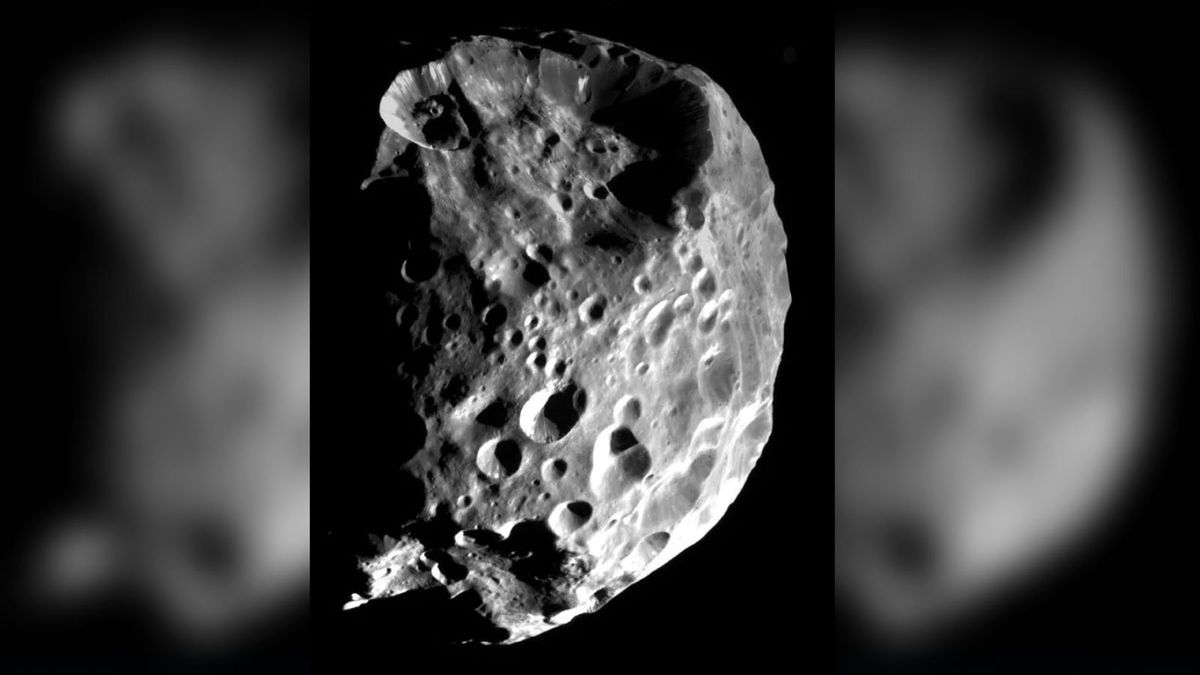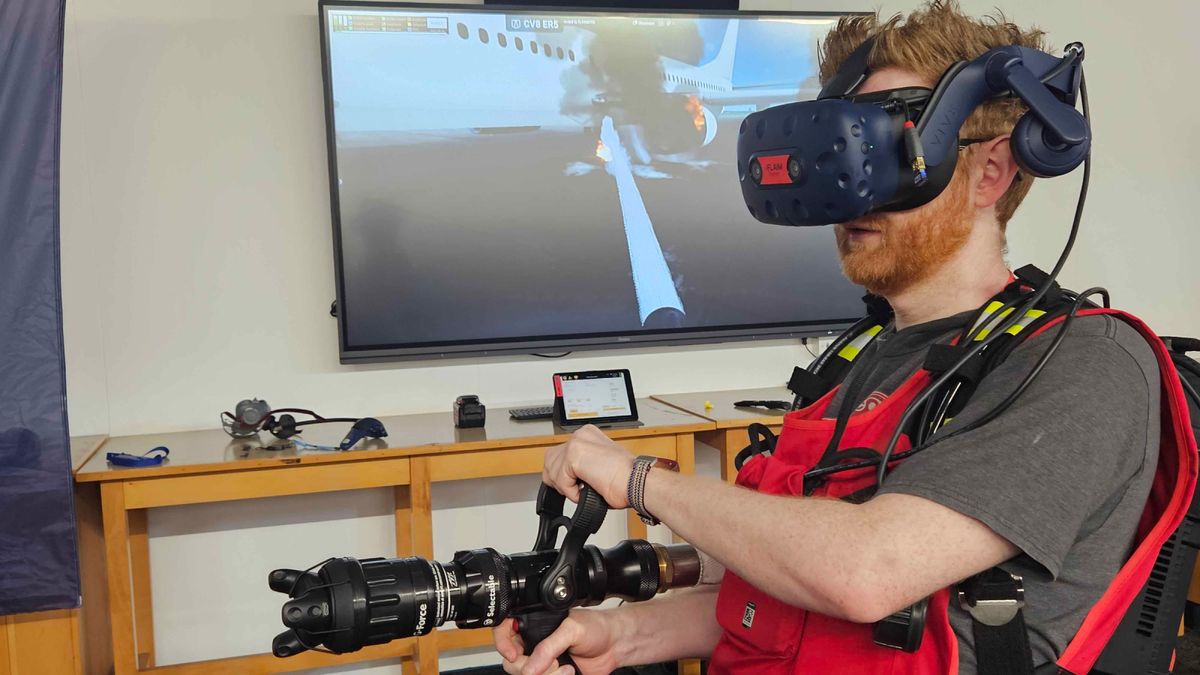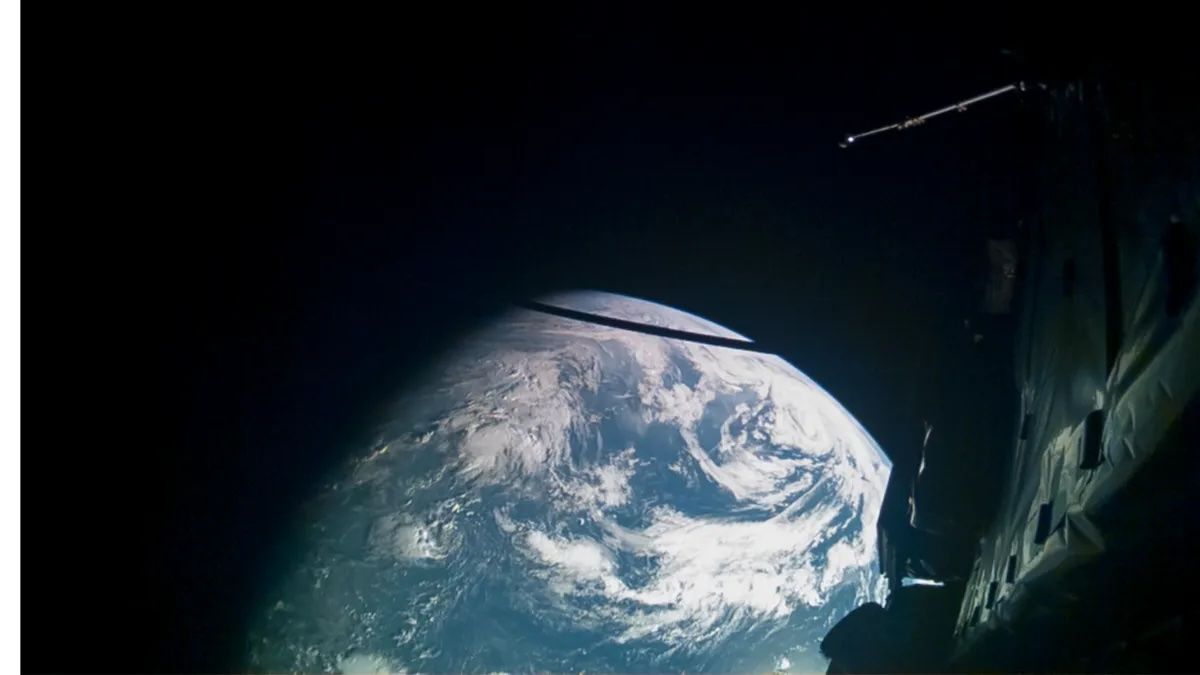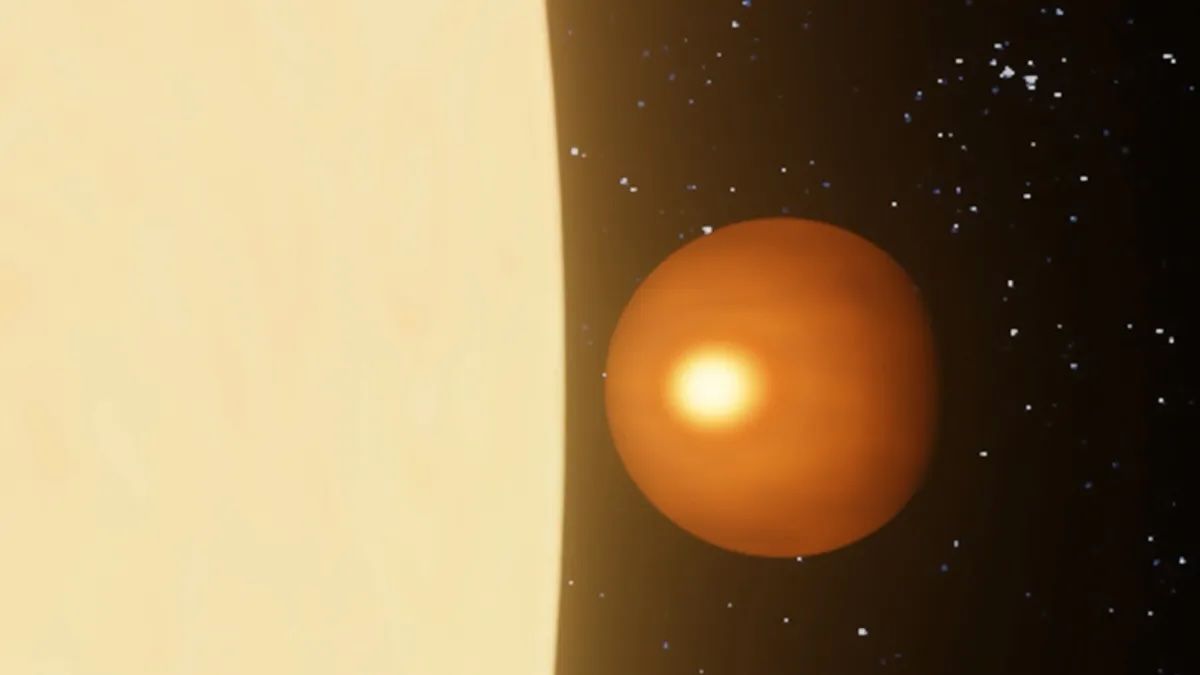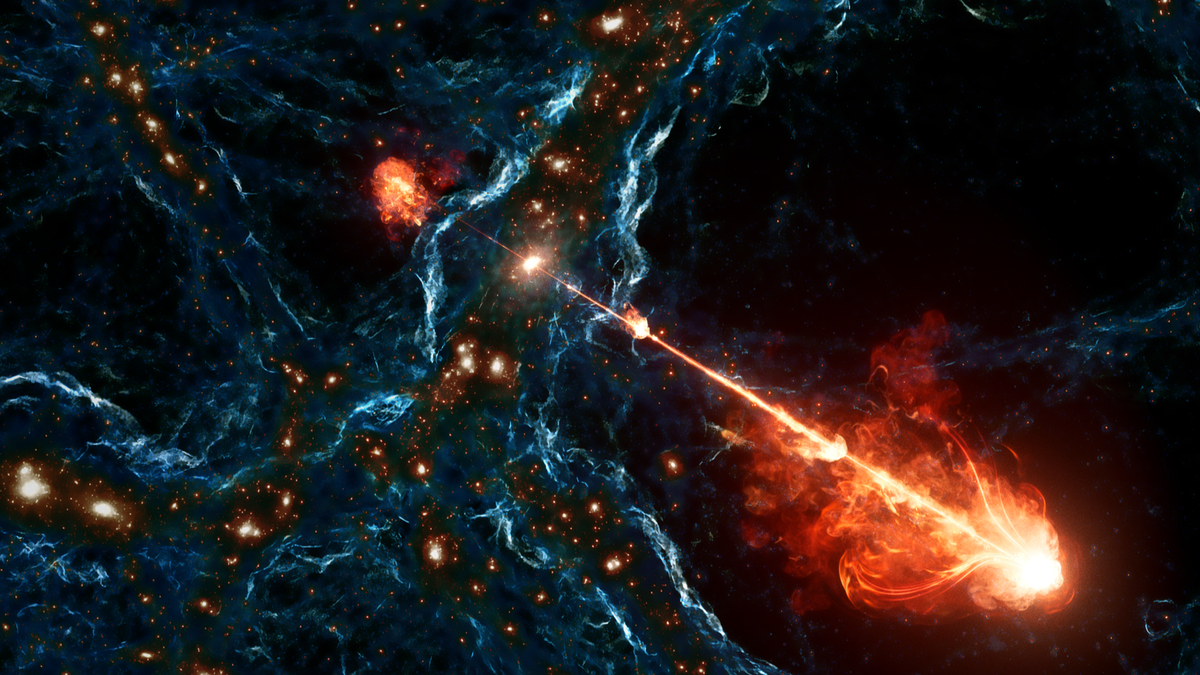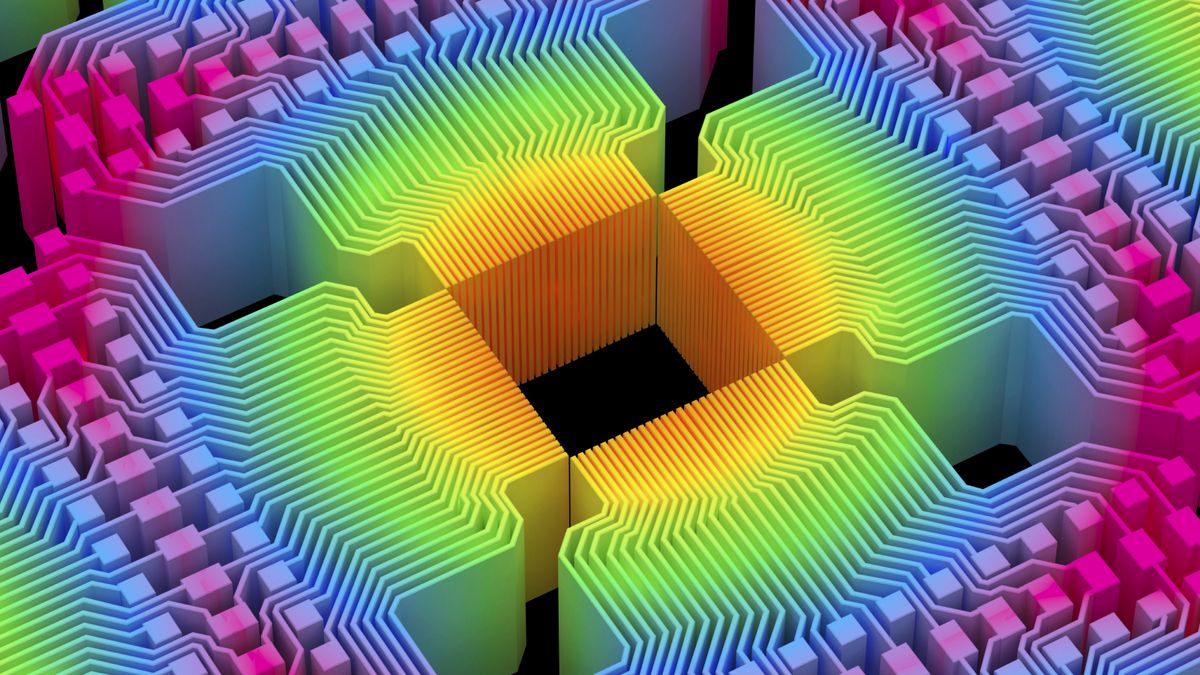A passing star may be responsible for more than three-fourths of the moons in our solar system as the stellar traveler flung massive rocky bodies into our cosmic neighborhood, a new study suggests.
This novel model challenges existing notions of how the solar system came to look the way it does today.
The solar system’s giant planets are famous for their many moons. Saturn currently leads, with 146 moons at last count, with Jupiter a close second at 95. A lot of these moons resemble Earth’s moon in many ways. For example, they orbit their parent planets in the same direction as that of the planets’ rotation. Additionally, such moons, called regular moons, follow nearly circular paths that share a plane with the planets’ equators.
But some satellites are much stranger. Take Phoebe, one of Saturn’s weirder moons. It has an oval-shaped, tilted orbit on which it moves in the opposite direction as Saturn rotates — a movement described as retrograde. In fact, satellites like Phoebe, also called irregular moons, outnumber regular ones in the solar system three to one.
Scientists have previously attributed the existence of irregular moons to the movement of Neptune across the solar system, according to William Bottke, a planetary scientist at the Southwest Research Institute in Boulder, Colorado. Most astronomers think a critical step in the solar system’s evolution was Neptune’s migration outward through the precursor to the Kuiper Belt. Today, the belt extends between 30 and 50 times the distance between Earth and the sun, but in the early solar system, the proto-Kuiper Belt lay much closer to the sun.
Related: Lost photos suggest Mars’ mysterious moon Phobos may be a trapped comet in disguise
This destabilized the rocky bodies in the Kuiper Belt, sending most of them near the giant planets. From there, objects with certain orbits could be “captured” by the giant planets, Bottke told Live Science in an email.
However, this scenario can’t explain certain aspects of the irregular moons. For instance, few have a very red color. But the new study, published Sept. 4 in The Astrophysical Journal Letters, explains these oddities by providing an alternative theory: that a passing star “kicked” the moons in place.
Susanne Pfalzner, the study’s first author and a professor of astronomy at Jülich Supercomputing Center in Germany, told Live Science by email she was inspired to explore this possibility after a different study showed that a star flying past the solar system tossed Kuiper Belt objects (KBOs) close to the planets.
So Pfalzner and her colleagues simulated the movement of a star past the adolescent solar system. Roughly four-fifths the present-day mass of the sun, this stellar visitor was modeled to sweep by at approximately 110 Earth-sun distances. The researchers calculated how the gravity of both the sun and the visiting star altered the trajectories of thousands of KBOs. Then, the team studied how the KBOs’ orbits evolved over a billion years.
The researchers’ simulations showed that if the visiting star swooped past at a 70-degree angle to the ecliptic plane ― the plane in which Earth orbits the sun ― it catapulted roughly 7% of KBOs along stretched, oval-shaped orbits that brought them near the giant planets. Many of them — particularly those whose new paths brought them near Jupiter or Saturn — had retrograde orbits, and few were very red― both trends that irregular moons show today.
The researchers found that over a billion years, the passing star kicked nearly 85% of the flung KBOs from the solar system. Those that weren’t ejected formed the irregular moons, the researchers explained.
The results of these simulations “were a complete surprise,” Pfalzner said. One advantage of this model is that it’s simpler than older ones, since it can explain both how irregular moons formed and how KBOs behave. Besides, stellar passages are fairly common — about 140 million stars in the Milky Way likely experienced such flybys.
However, not everyone agrees with the study’s conclusions. Bottke, who wasn’t part of the study, noted that “such an incredibly close passage, even from the era when our solar system was in a stellar cluster, seems very unlikely from a probability standpoint A stellar encounter close enough to capture irregular satellites around the giant planets would also presumably perturb the orbits of the giant planets—enough that we would see these effects in their orbits today.”





